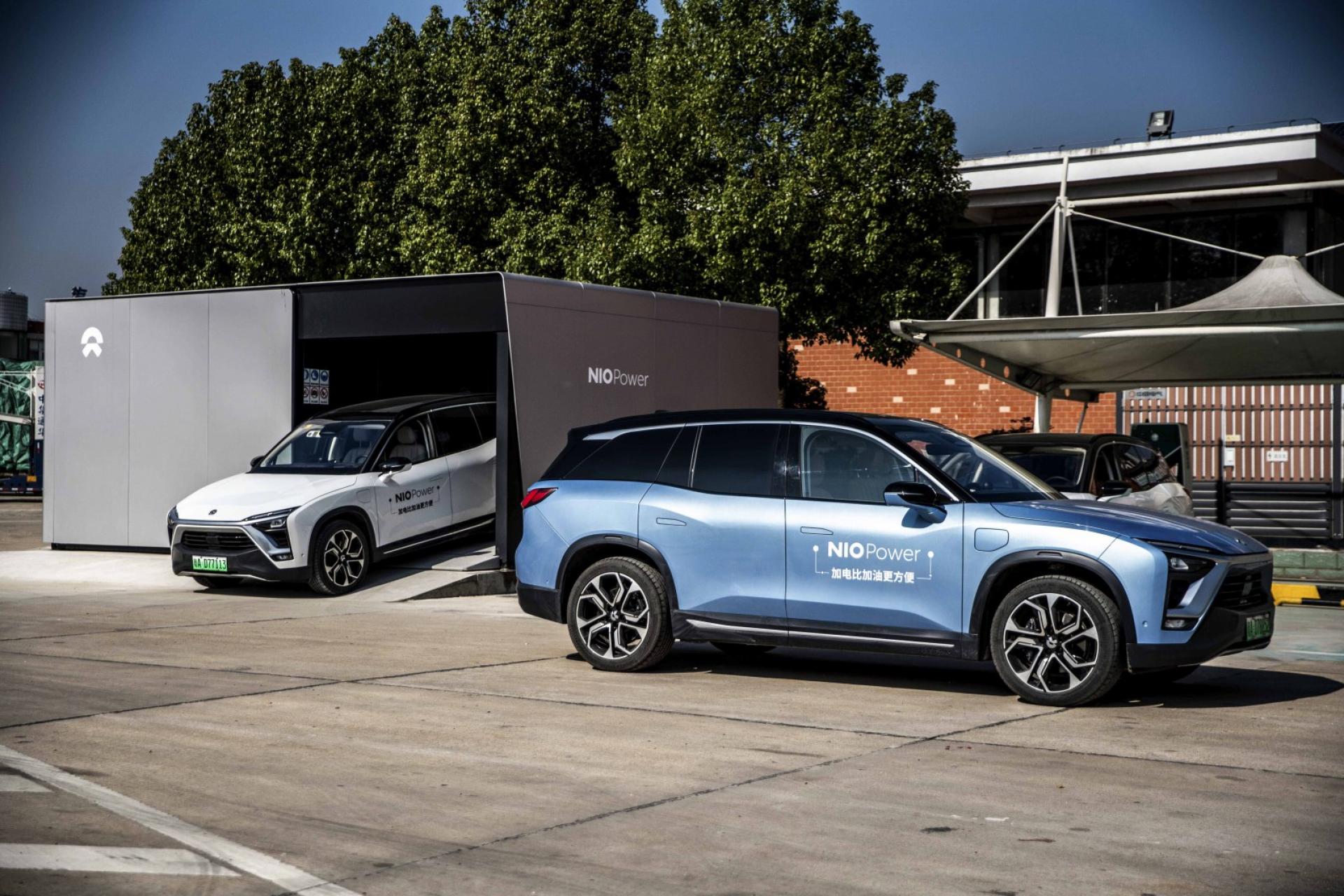At the beginning of the last decade, several manufacturers opted for battery exchange systems as an alternative to the then slow charging processes of electric cars. This solution, which roughly consists of removing the discharged battery from the vehicle and replacing it with another charged at a specialized station, was mainly advocated by Renault through the Better Place project.
However, Tesla also designed such a system and even carried out demonstrations with the Model S in 2014. However, due to the complexity of swapping batteries in a few minutes and the evolution of fast charging, both Renault and Tesla abandoned this proposal shortly after.
However, at present, a manufacturer has returned to bet on this technology: the Chinese brand NIO, which wants to have 500 battery exchange stations operational by the end of the year. To date, NIO has carried out more than 500,000 operations of this type with its current network. The process is fully automated and only takes a 3 minute wait time.
Some rumors indicate that motivated by the success of NIO in this field; Tesla could be studying the possibility of reinvesting in the battery exchange stations. The recent commercial registration by its Chinese subsidiary of a new business related to the “sale of battery exchange facilities for ‘new energy’ vehicles” reinforced such speculation.
However, this has finally been denied by the company itself. “A Tesla official stated that the company believes that charging is the best way to refuel its vehicles and that battery swapping is fraught with problems and not suitable for large-scale use.”
These statements are a harsh criticism of its rival NIO, which has begun to flourish in recent times thanks to its ES6, EC6, and ES8 models’ success. However, it is striking that the US brand claims that the exchange of batteries is not suitable for large-scale use shortly after its rival had reached half a million changed packs in its network of stations.

